Little Feng Shui tips to use at home.
When we step into a home, we don’t just see walls, furniture, and objects.
We immediately sense an atmosphere—an invisible energy that can either soothe us or make us feel tense.
That feeling isn’t random: it depends on how spaces are arranged, the colors, the lighting, and even the way we use each room every day.
Feng Shui, an ancient Chinese practice, teaches us how to recognize and harmonize these flows of energy.
It’s not about drastic makeovers or rigid rules, but about learning to listen to our spaces and transform them into places that truly support those who live there.
Today, I’d like to guide you on a little journey through your home, room by room, to discover how Feng Shui can make it not only more beautiful but also more welcoming and balanced.
– The entryway: the door of energy
Imagine the entryway as your home’s mouth: it’s where all the energy flows in.
That’s why it’s so important to keep it well-maintained and free of obstacles.
A clean, uncluttered, and bright space allows Chi—the vital energy—to flow without blockages.
If shoes, coats, or delivery boxes pile up by the door, the first impression will be one of chaos and heaviness.
On the other hand, a clear and well-lit entryway greets you with a sense of lightness.
A rug or doormat is more than just practical—it’s a symbolic gesture of welcome, inviting positive energy to flow in.
But be mindful with mirrors: placed directly opposite the door, they can “bounce” the energy back out.
Instead, place them to the side, where they can reflect light without interrupting the flow.
(If you like, you can find more tips for a perfect Feng Shui entryway here!)
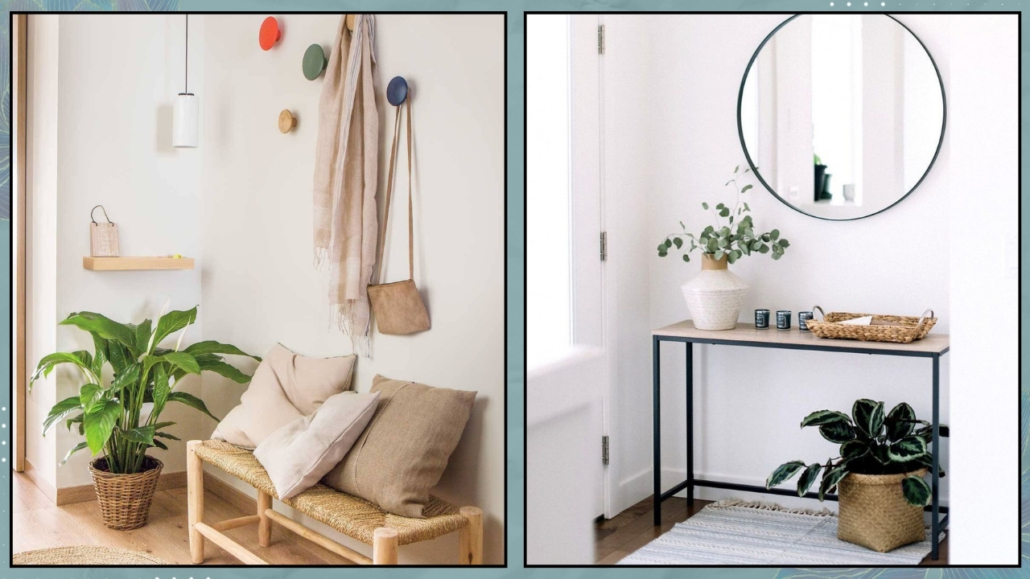
(credits: elmueble.com; Amazon)
– The living room: a space for connection
From the moment you sit on the sofa, the living room reveals how you connect with others.
It’s where we spend time with family, welcome friends, and relax.
One key detail is the seating arrangement: ideally, create a circle or a “U” shape that encourages conversation and allows you to have the door in sight, even from the side.
Sitting with your back to the entrance can unconsciously trigger a feeling of vulnerability.
Feng Shui encourages us to balance materials: warm surfaces, like wood and soft fabrics, with cooler ones, like glass or metal, to help create harmony.
And don’t forget live plants—they don’t just decorate, they purify the air and bring vitality.
Finally, be mindful of sharp furniture edges.
Sharp edges pointing toward where people sit can create tension (often called “poison arrows”).
If replacing furniture isn’t an option, soften those corners with a plant, a fabric lampshade, or even a strategically placed cushion.
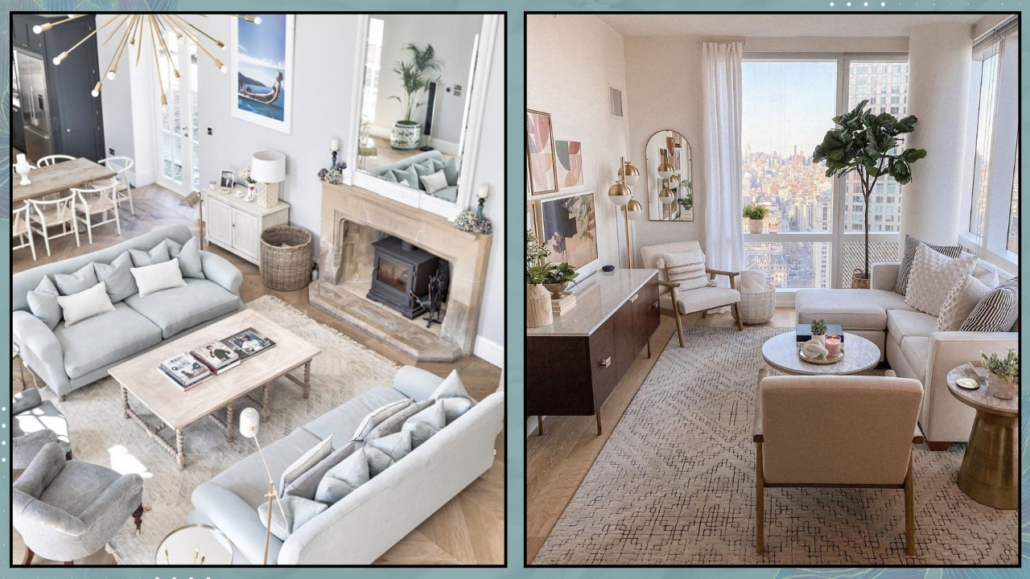
(credits: lbmdesignstudio.com; Margaret Boatner)
– The kitchen: the heart of the home
The kitchen is where we express daily care most clearly.
It’s where we prepare food, a symbol of nourishment and prosperity.
In Feng Shui, water elements (such as sinks and dishwashers) and fire elements (like stoves and ovens) should be far apart, as they create conflict.
If you can’t separate them, introduce an earth element, a ceramic countertop, a wooden cutting board, or even a decorative object that symbolically acts as a buffer.
Cleanliness and order are essential.
Clear counters and well-maintained burners attract positive energy and abundance, while clutter and mess drain your energy.
Lighting and color also play a considerable role: choose warm tones that encourage conviviality, and use natural light or warm artificial light to make the space inviting.
A window, if you have one, is not just a source of air and light—it’s also a bridge to the outside world.
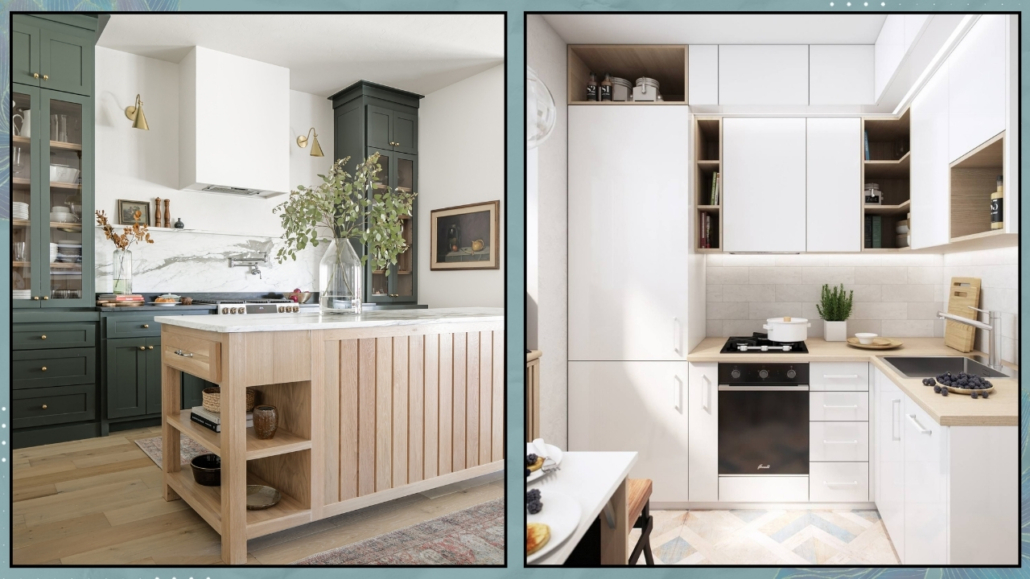
(credits: @mcgregorhomes; moovdesign.it)
– The bedroom: a refuge for rest
If the living room is about socializing, the bedroom is a sanctuary of intimacy and rest.
Your bed should have its headboard against a solid wall for a sense of security, and a view of the door without being directly in line with it.
This setup helps you feel both protected and in control of the space.
Keep mirrors away from directly facing the bed, since their reflections can interfere with restful sleep.
Place them where they don’t interfere with the sleeping area.
Choose soft colors and natural materials to create a serene atmosphere, and avoid keeping electronic devices near the bed – they generate both energetic and mental disturbances.
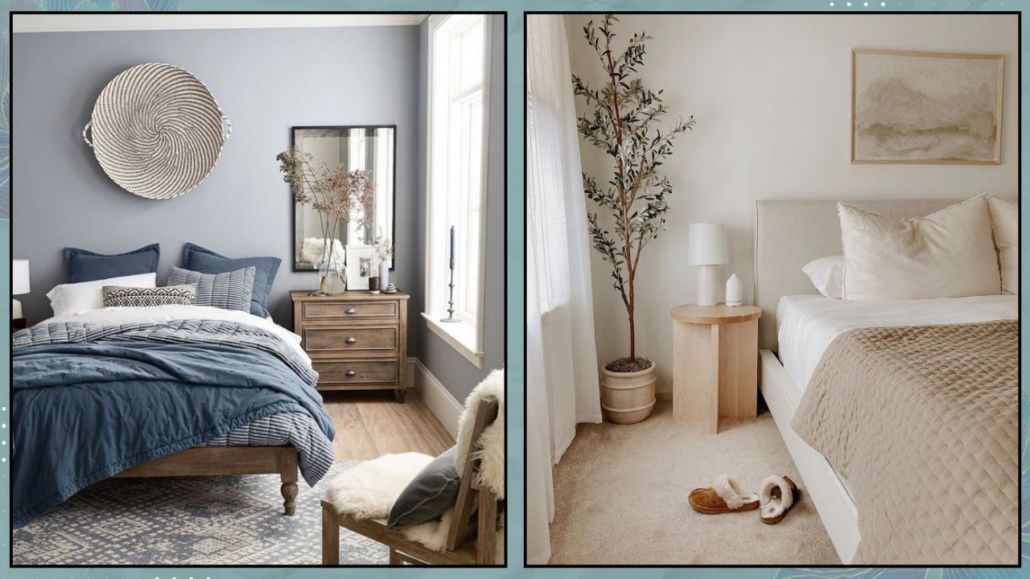
(credits: mydomaine.com; livingspaces.com)
– The bathroom: balancing water with lightness
From a Feng Shui perspective, the bathroom can be a weak point, since water—its dominant element—symbolically carries energy away.
A simple daily habit—closing the toilet lid—helps keep Chi, or vital energy, from escaping.
Keep the bathroom door closed as well; this helps prevent energy from draining away.
Introduce wooden elements—a small cabinet, a shelf, or even just an accessory—to balance excess water with stability and warmth.
Ventilation and lighting are also crucial.
Fresh air and natural light keep the energy clean and uplifting, making the bathroom a space of well-being rather than just a utility place.
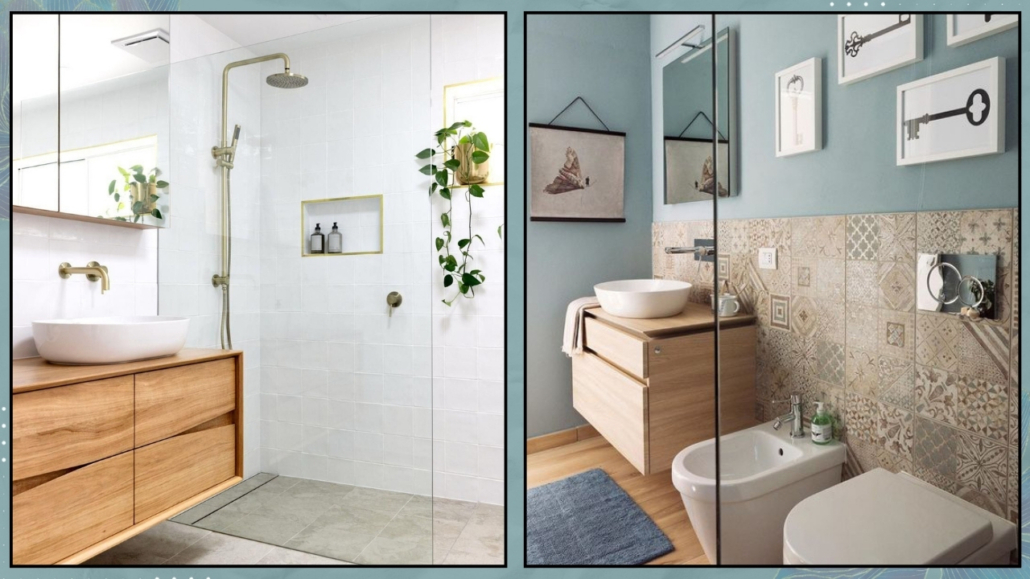
(credits: Jacqui Turk; Andrea Castrignano)
– The workspace: focus and creativity
An increasing number of homes feature a study or small office, ideal for those working remotely.
This space needs a different type of energy: focused, clear, and productive.
Place the desk in a “command position”—where you can see the door without being directly in line with it.
This arrangement boosts your sense of control and security.
Visual order is key: a cluttered desk brings distraction and mental fog, while a tidy one supports focus!
Adding a plant is always a good idea—it not only oxygenates but also enhances vitality and creativity.
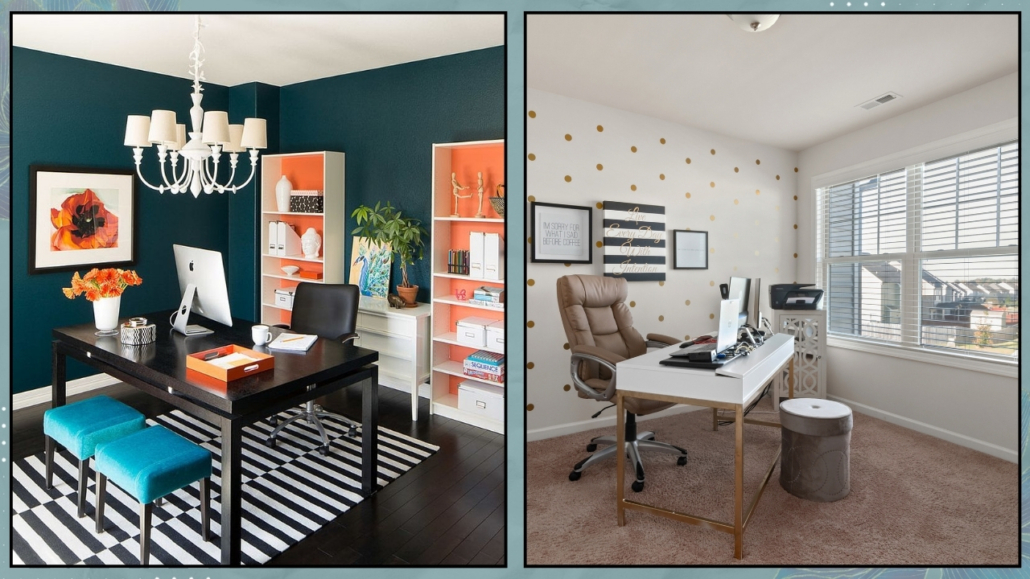
(credits: Iba design Associates; Canva)
– The five elements: the key to balance
At the core of Feng Shui are the five elements: Wood, Fire, Earth, Metal, and Water.
Each represents specific qualities:
Wood: growth, creativity, renewal.
Fire: energy, passion, movement.
Earth: stability, nourishment, grounding.
Metal: order, clarity, structure.
Water: flow, introspection, freshness.
Every room should include all five elements, though in different proportions depending on its purpose.
A bedroom that feels “too cold” might need more wood or earth.
A chaotic kitchen can regain balance with a touch of metal or water.
The art of Feng Shui lies in observing and balancing: if a space feels oppressive, draining, or messy, it often means one element is too dominant—or missing entirely.

(credits: gabrielepoggiali)
In conclusion
When we begin to see our homes through the lens of Feng Shui, we realize that every choice—color, furniture placement, even the habit of tidying up—goes beyond aesthetics.
It reflects our inner world.
A home that breathes, full of light and harmony, helps us regain balance, strength, and serenity.
Likewise, clutter, sharp contrasts, or neglected spaces often mirror our inner struggles.
Taking care of our home, then, means taking care of ourselves.
It is an ongoing dialogue between space and person—a path to well-being built one small gesture at a time: opening a window, choosing a calming color, clearing the entryway.
That is the essence of the book I co-wrote with Dr. Francesca Basile, “Take care of Your home & Take care of Yourself:” the awareness that caring for our environment can become a powerful tool to restore energy, harmony, and lightness within ourselves.
Applying Feng Shui at home does not mean you have to turn everything upside down.
Simple, deliberate changes are often enough to make your home a place of care and balance.
Your home can become an authentic ally for your daily well-being: every time you walk through the door, the energy welcomes you, supports you, and moves with you.
And if you would like some help along the way, I would be happy to guide you—book a consultation!
This post is also available in: Italian

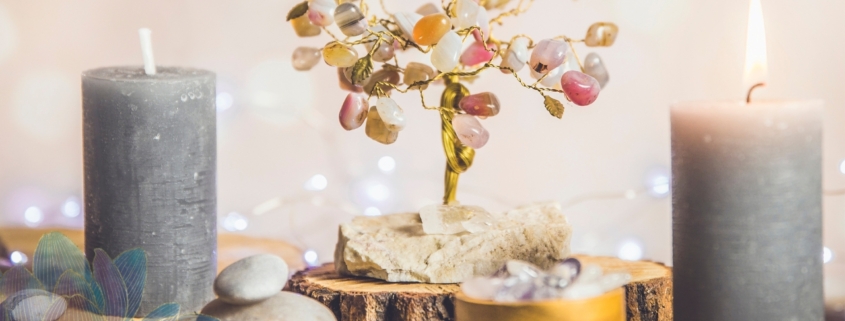

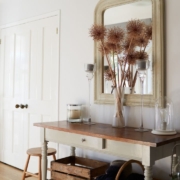
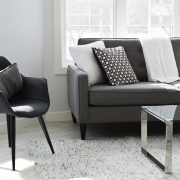

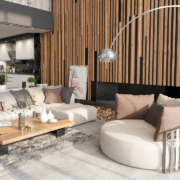


Leave a Reply
Want to join the discussion?Feel free to contribute!